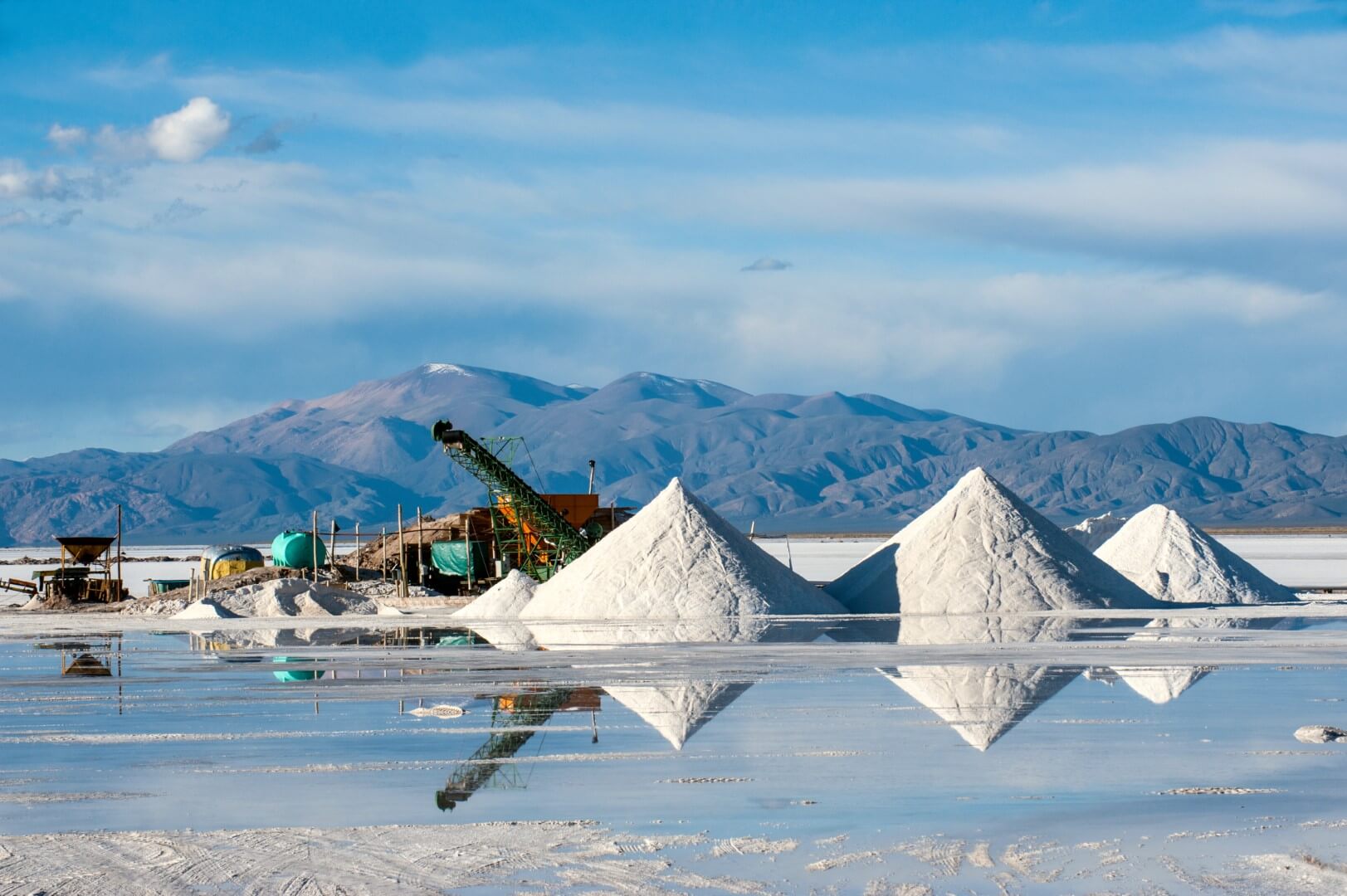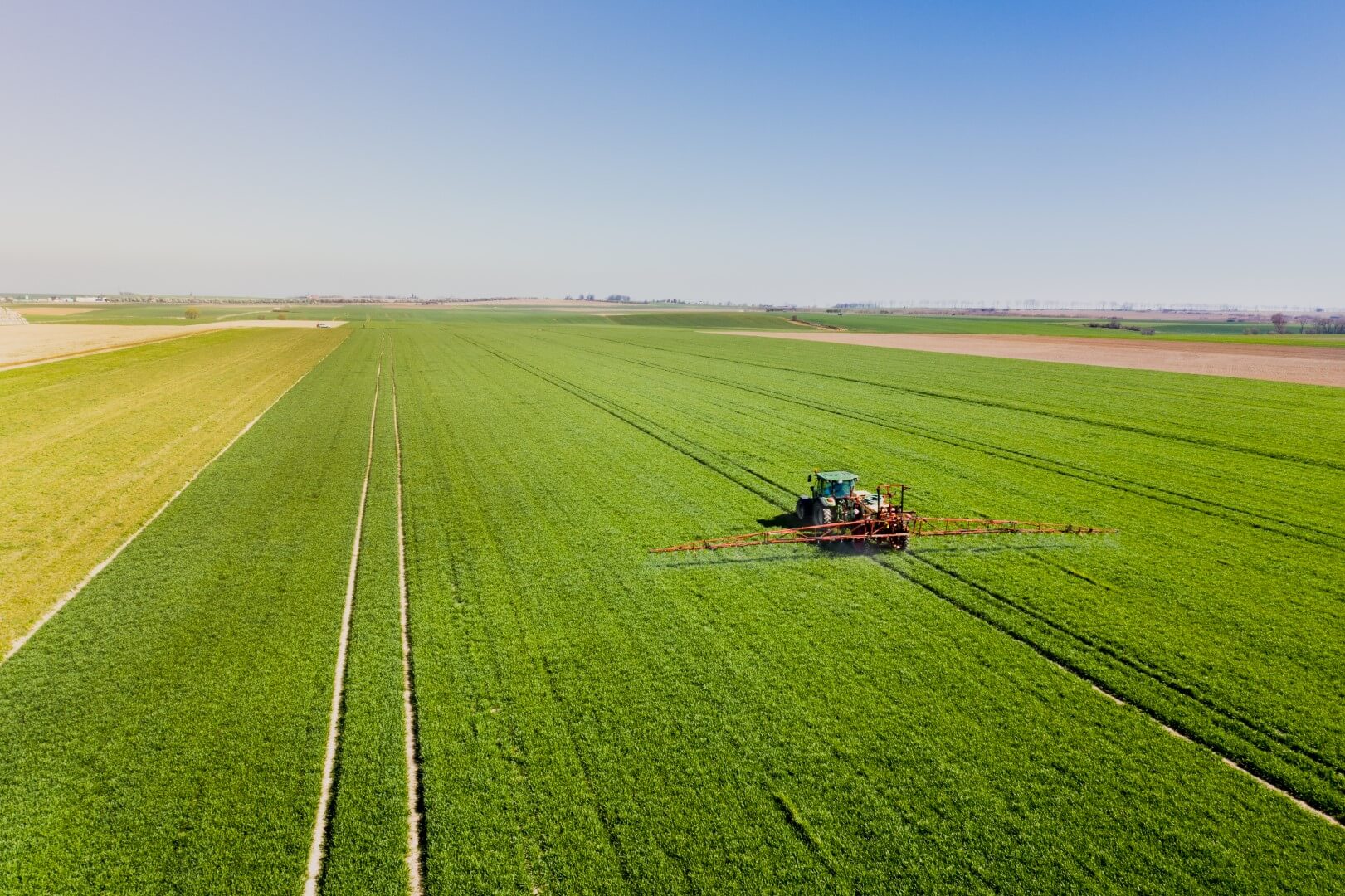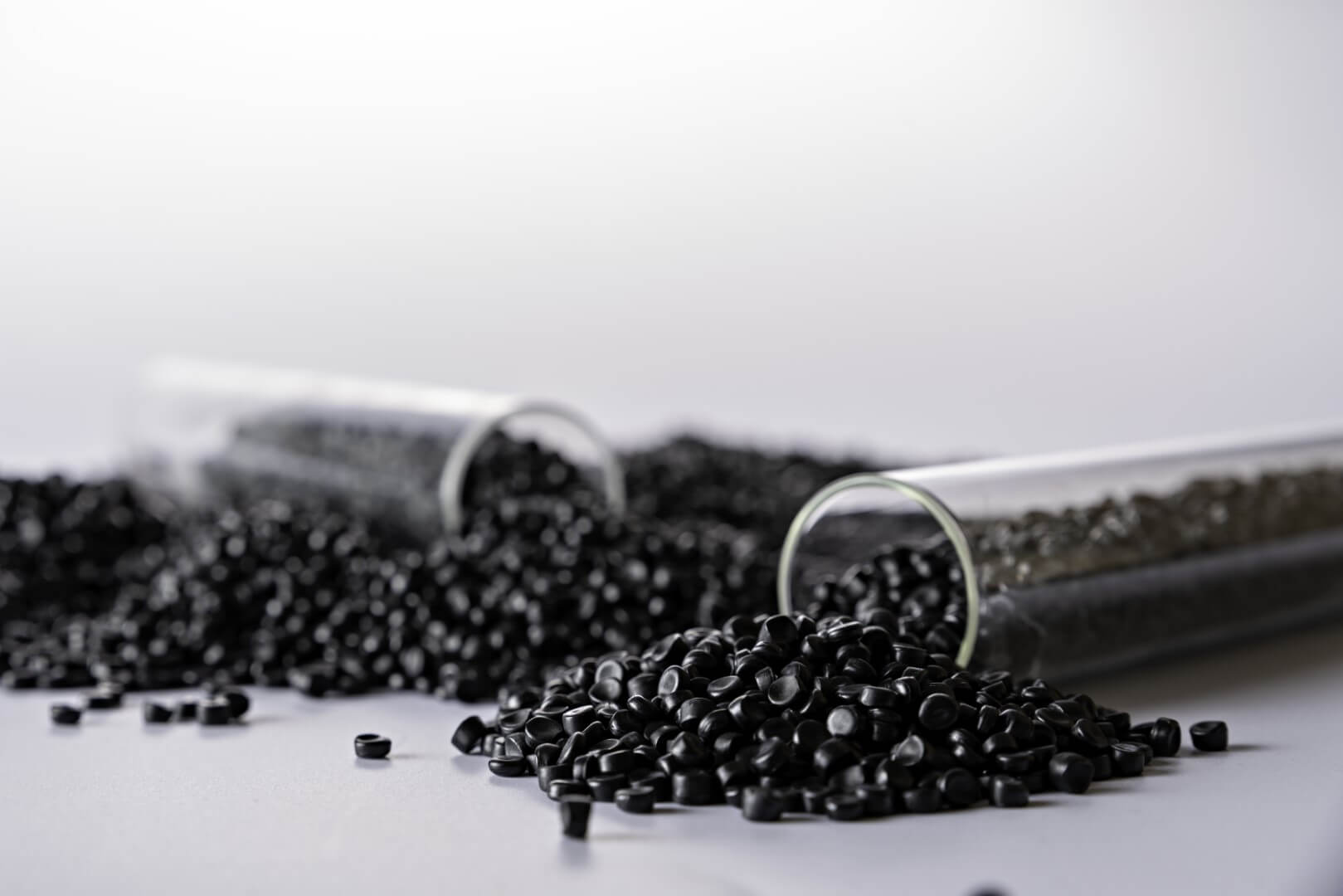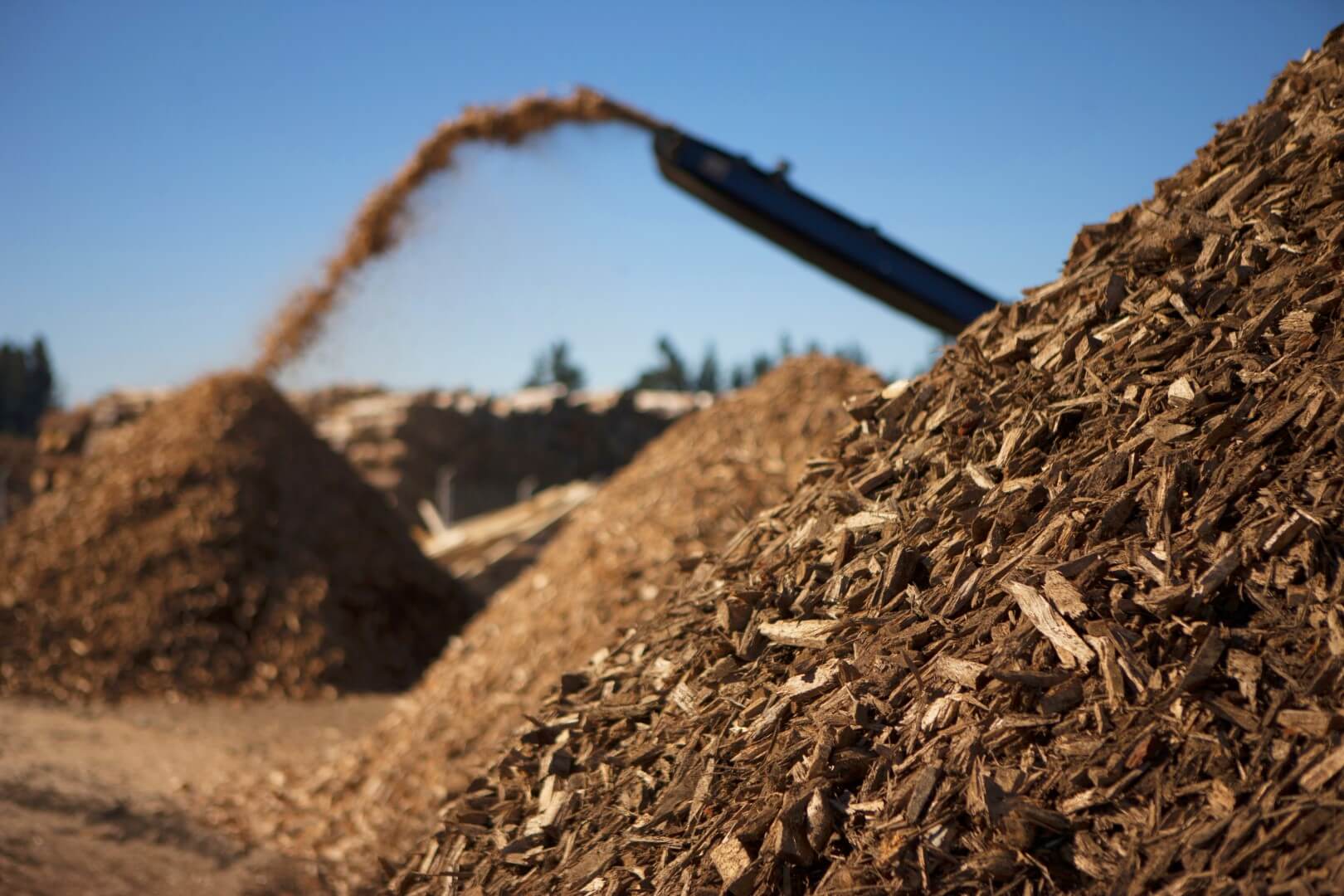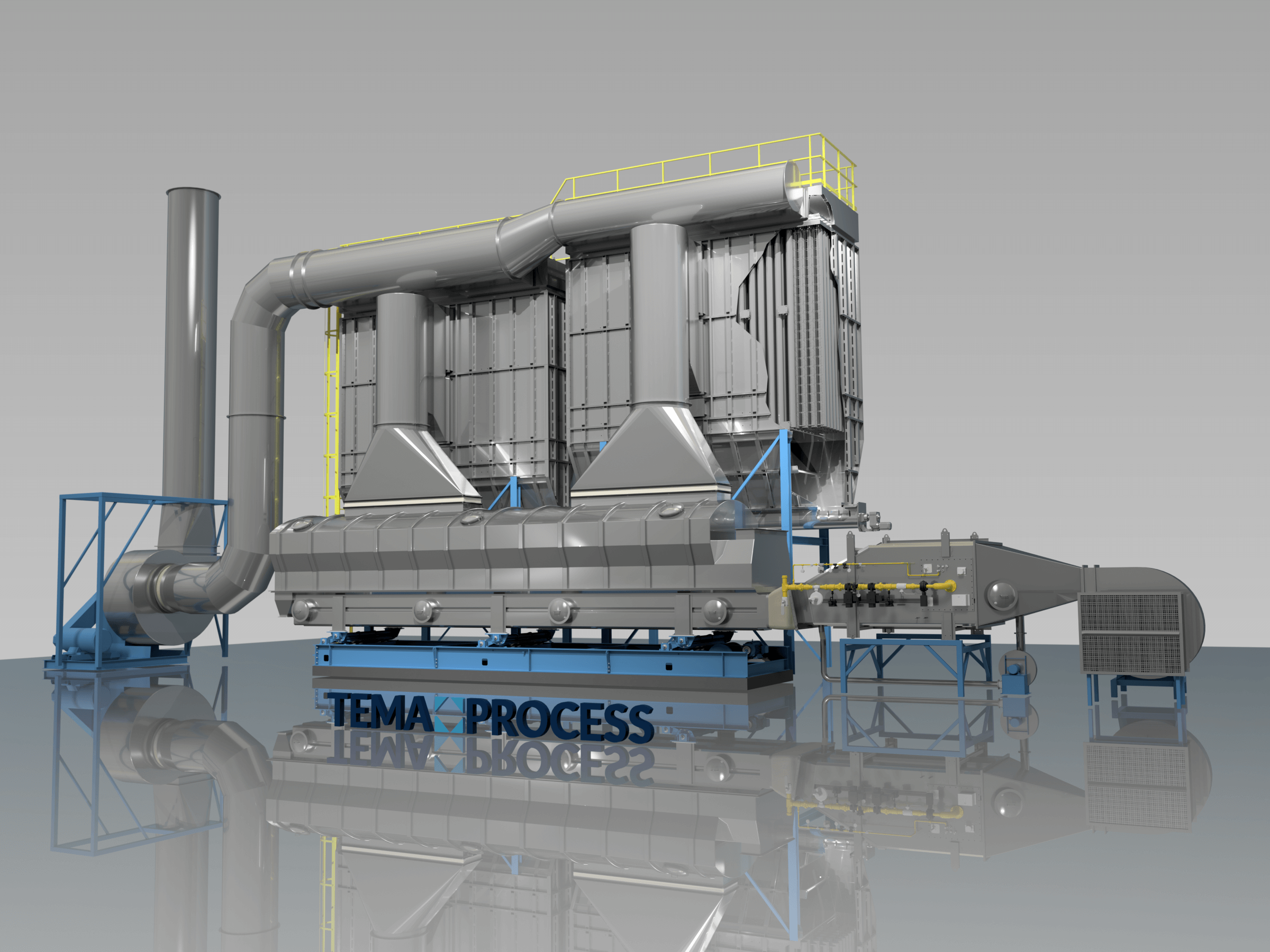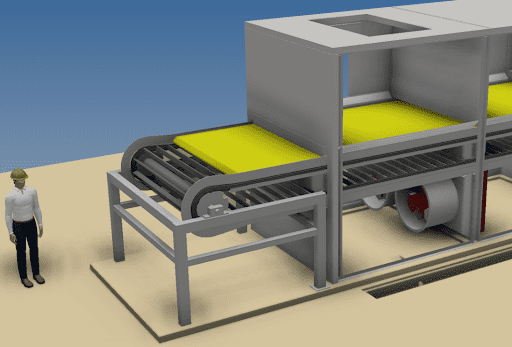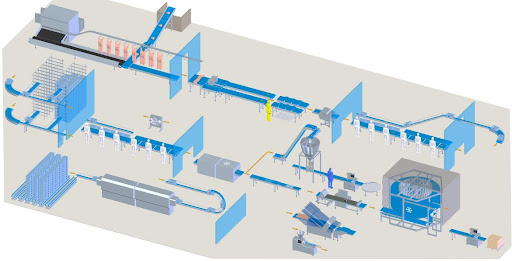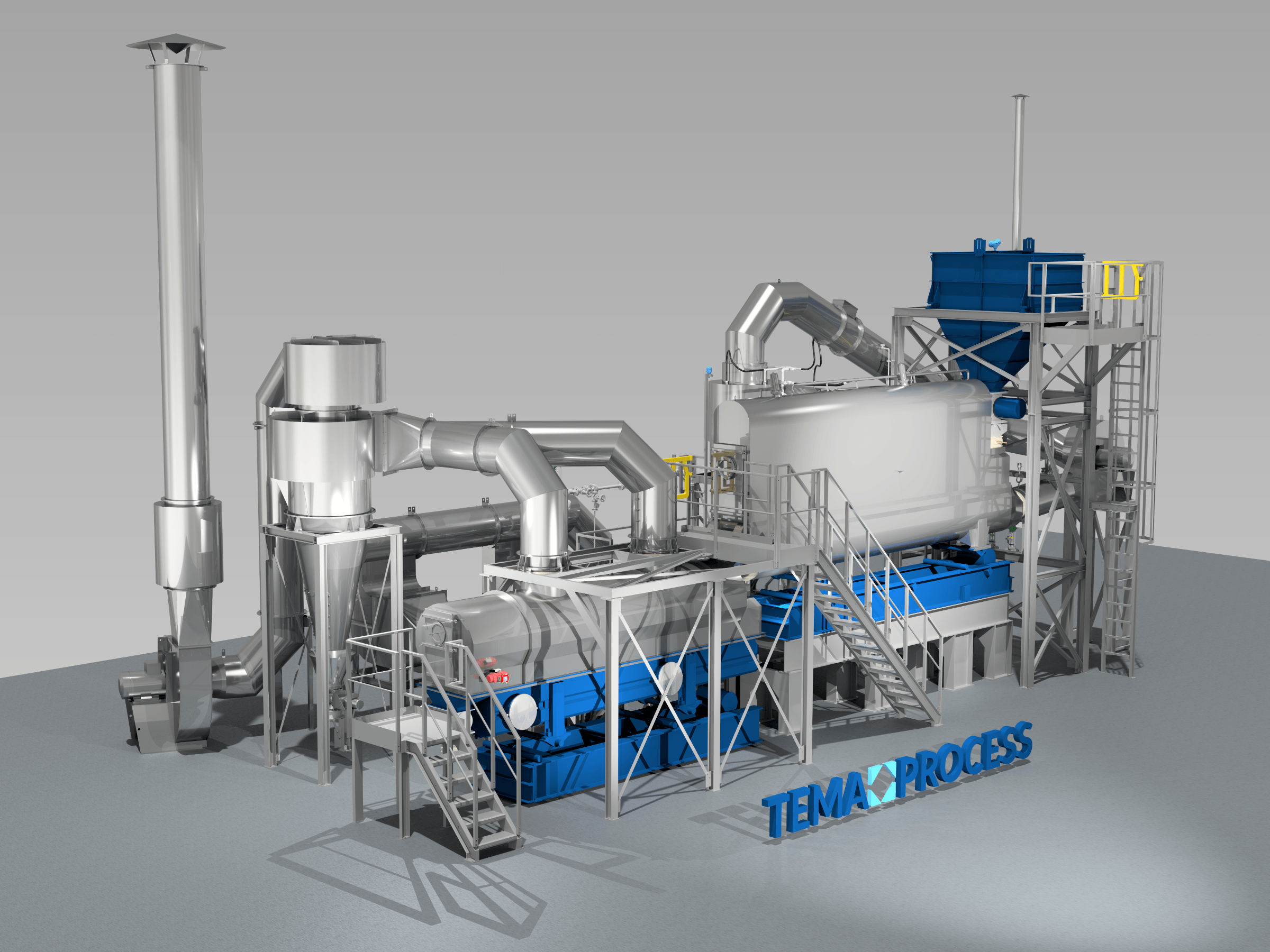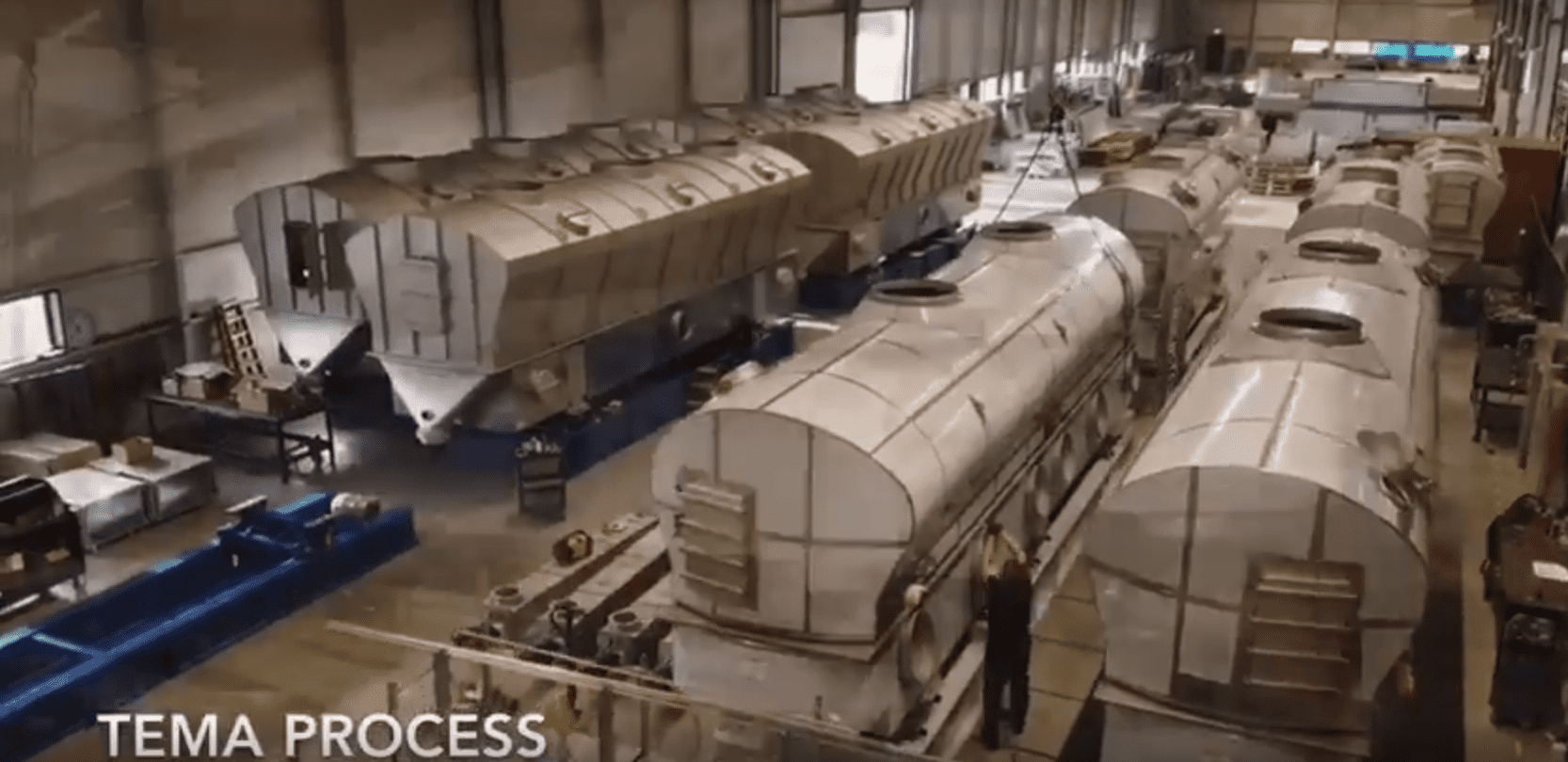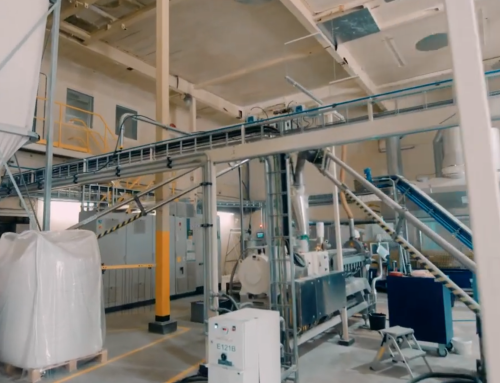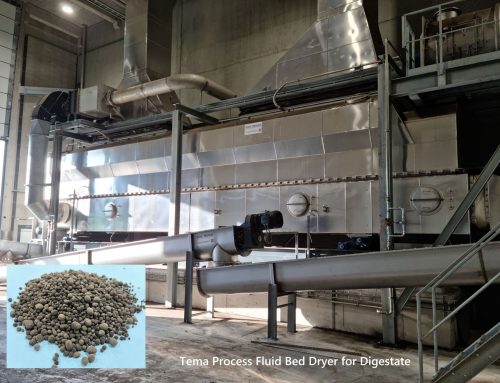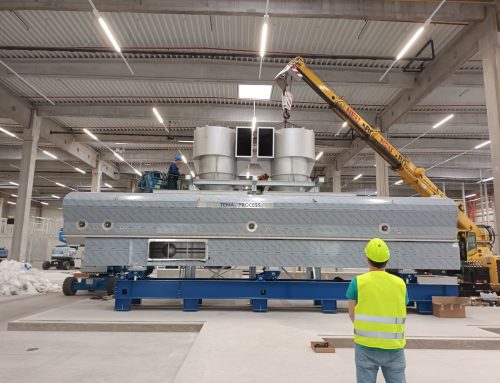Sand drying: a fluid bed dryer processes granular, free-flowing materials include sand, minerals, clays, etc.
In a fluid bed, the material being dried is suspended and completely surrounded by the drying air or gas, causing that material to behave like a fluid. Besides keeping the material in a seemingly liquid state, the gas stream is the media for heat and mass exchange. As a result of the intimate gas-to-solids contact, very high rates of heat transfer are accomplished while the sand grains are gently handled. The bedplate allows the uniform distribution of the gas stream during operation, and supports the bed of material during shutdown.
A fluid bed dryer provides lower capital equipment costs at installation and lower operating costs over the life of the machine, including reduced baghouse costs, while also increasing productivity. Because there are no moving parts inside the fluid bed, maintenance costs are greatly reduced compared to other systems.

